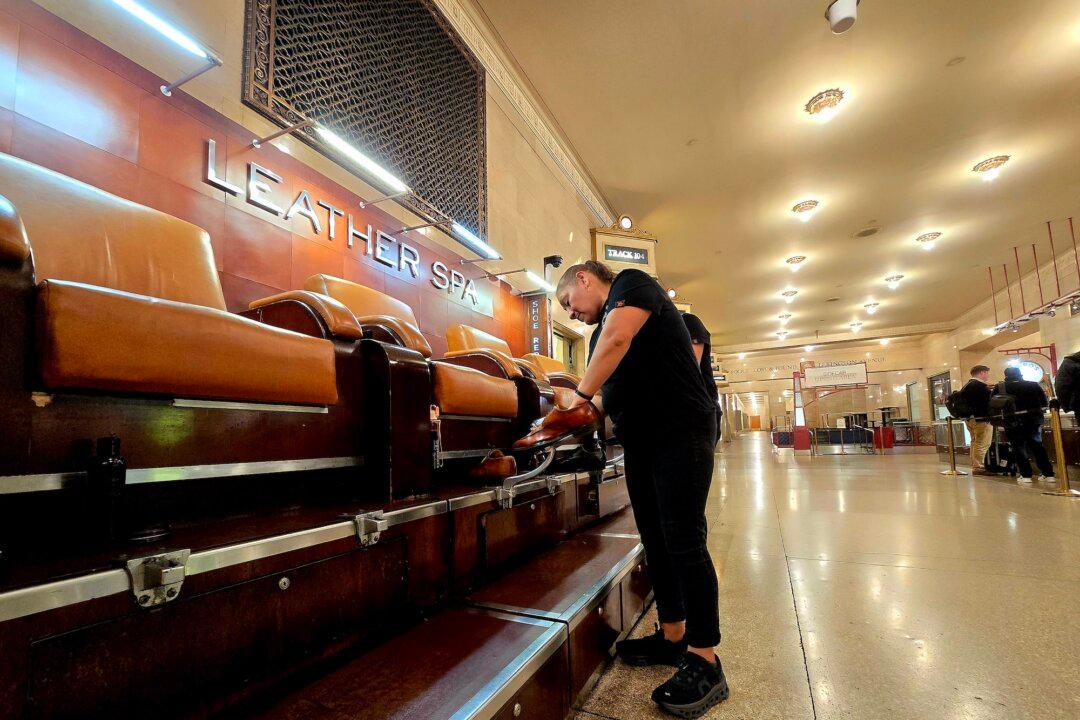NEW YORK, N.Y.—Eduard Shimunov, 43, said he knew what he was getting himself into when he started his shoe repair and shine business three decades ago.
He didn’t expect to make a lot of money rescuing old soles.

NEW YORK, N.Y.—Eduard Shimunov, 43, said he knew what he was getting himself into when he started his shoe repair and shine business three decades ago.
He didn’t expect to make a lot of money rescuing old soles.